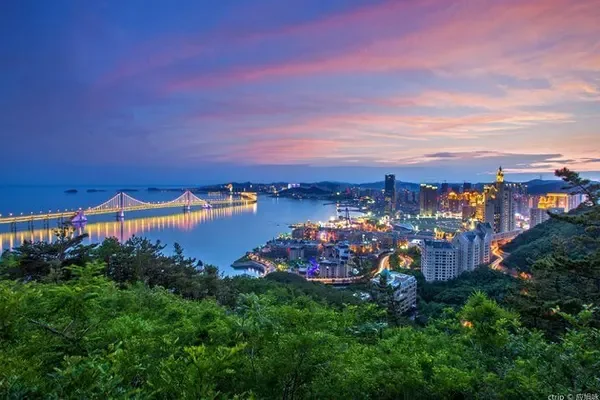A mesa is an isolated, flat-topped elevation, ridge or hill, which is bounded from all sides by steep escarpments and stands distinctly above a surrounding plain. Mesas characteristically consist of flat-lying soft sedimentary rocks capped by a more resistant layer or layers of harder rock, e.g. shales overlain by sandstones. The resistant layer acts as a caprock that forms the flat summit of a mesa. The caprock can consist of either sedimentary rocks such as sandstone and limestone; dissected lava flows; or a deeply eroded duricrust. Unlike plateau, whose usage does not imply horizontal layers of bedrock, e.g. Tibetan Plateau, the term mesa applies exclusively to the landforms built of flat-lying strata. Instead, flat-topped plateaus are specifically known as tablelands.
Zhongba County, which belongs to Xigaze City, Tibet Autonomous region, is located in the west of Xigaze City, 82 °- 84.76 °E and 29.15 °- 31.8 °N. It is located in the southwest border of China, the westernmost end of Xigaze City, north of the Himalayas, both sides of the Maquan River, Pulan County in Ali region in the west, Geji County and Gaize County in Ali region in the north, Cuoqin County in Ali Prefecture and Saga County in Xigaze City in the east, and Nepal in the south. Zhongba County has a total area of 43594 square kilometers and has jurisdiction over 1 town and 12 townships. In 2003, the total population of Zhongba County was 20,000. The Brahmaputra River originates from the Jiema Yangzong Glacier in Zhongba County and is being listed as a national ecological function reserve. The economy of Zhongba County is mainly animal husbandry, raising sheep, goats, yaks and horses. First batch of countries


